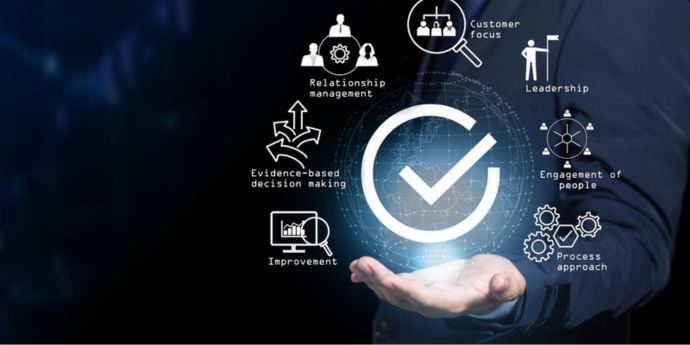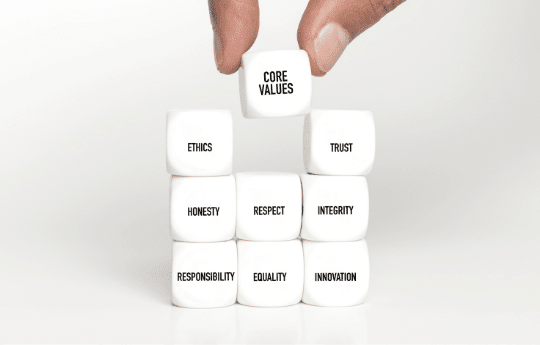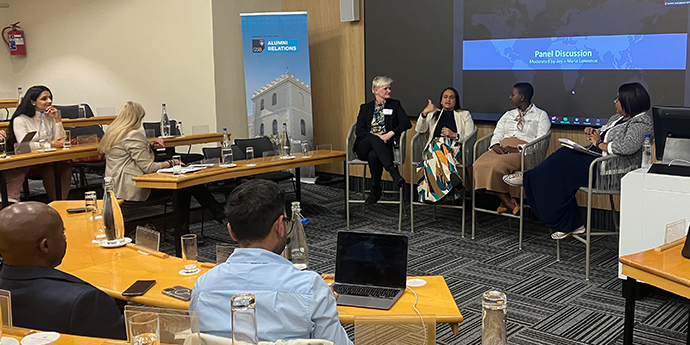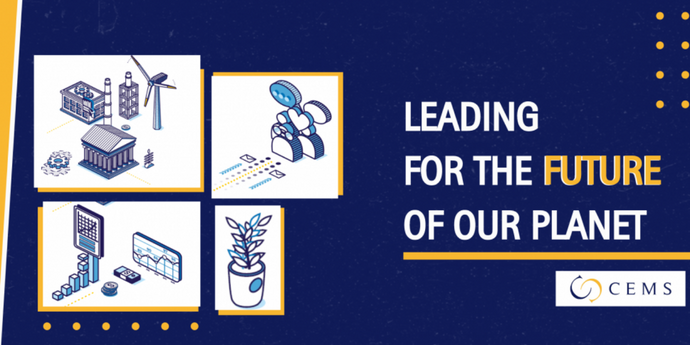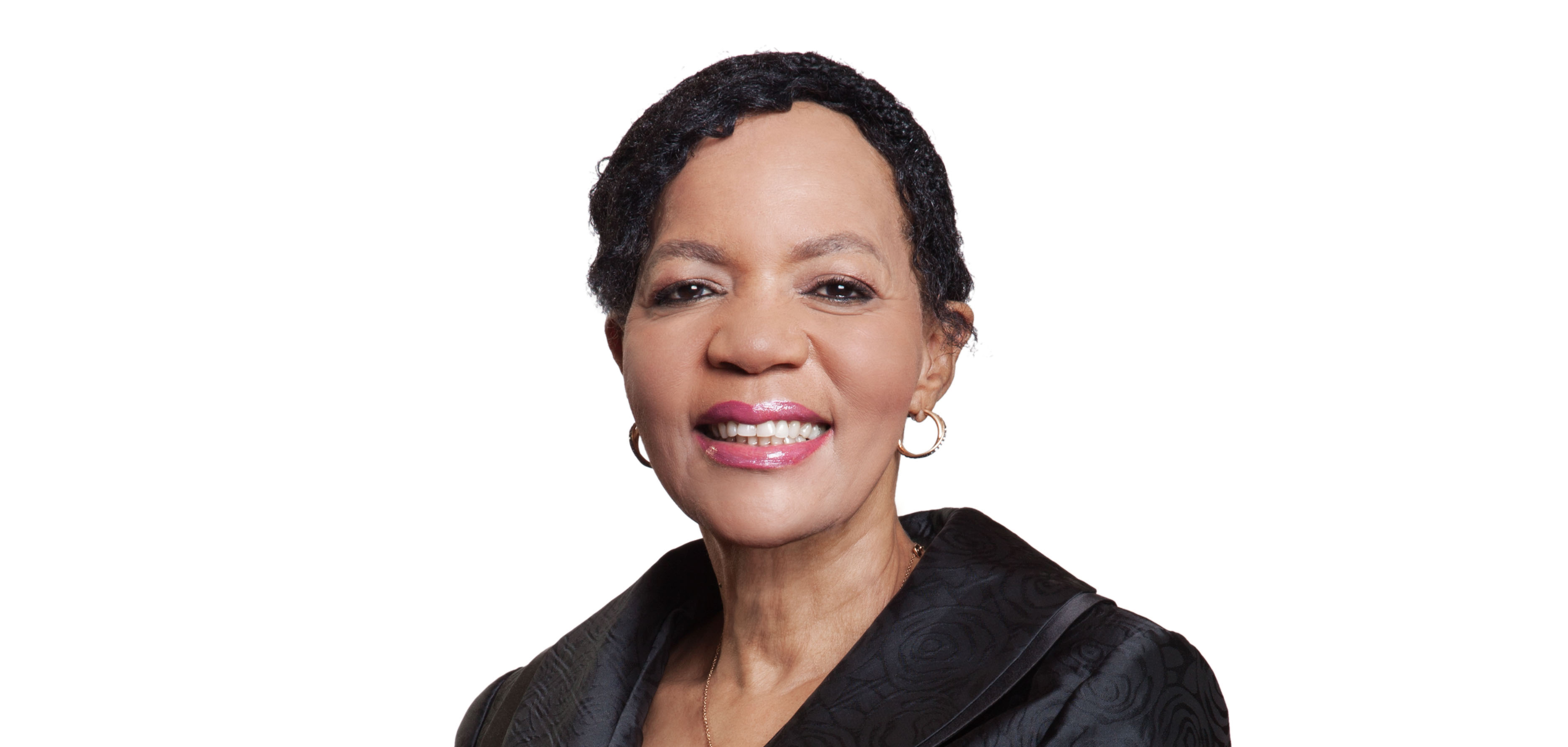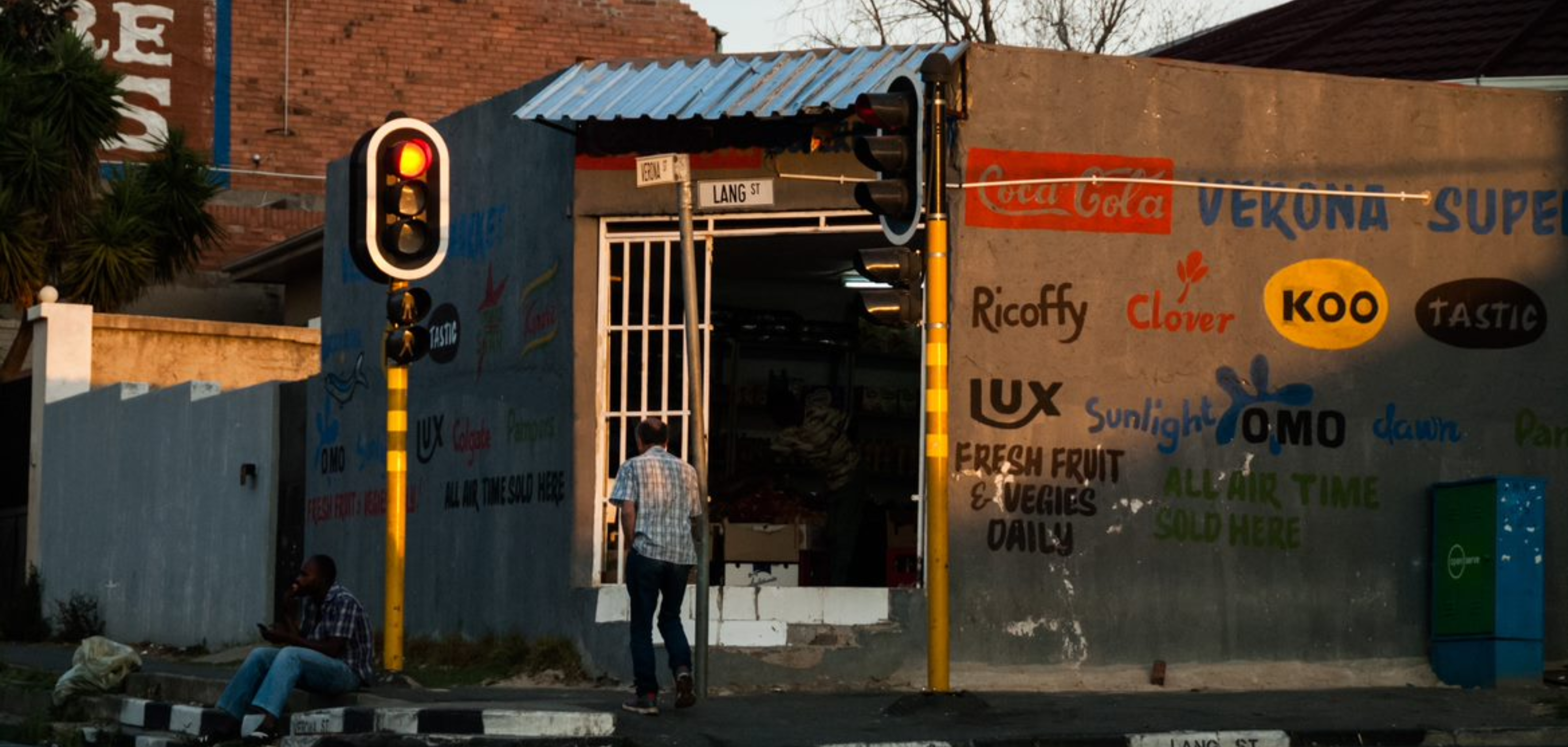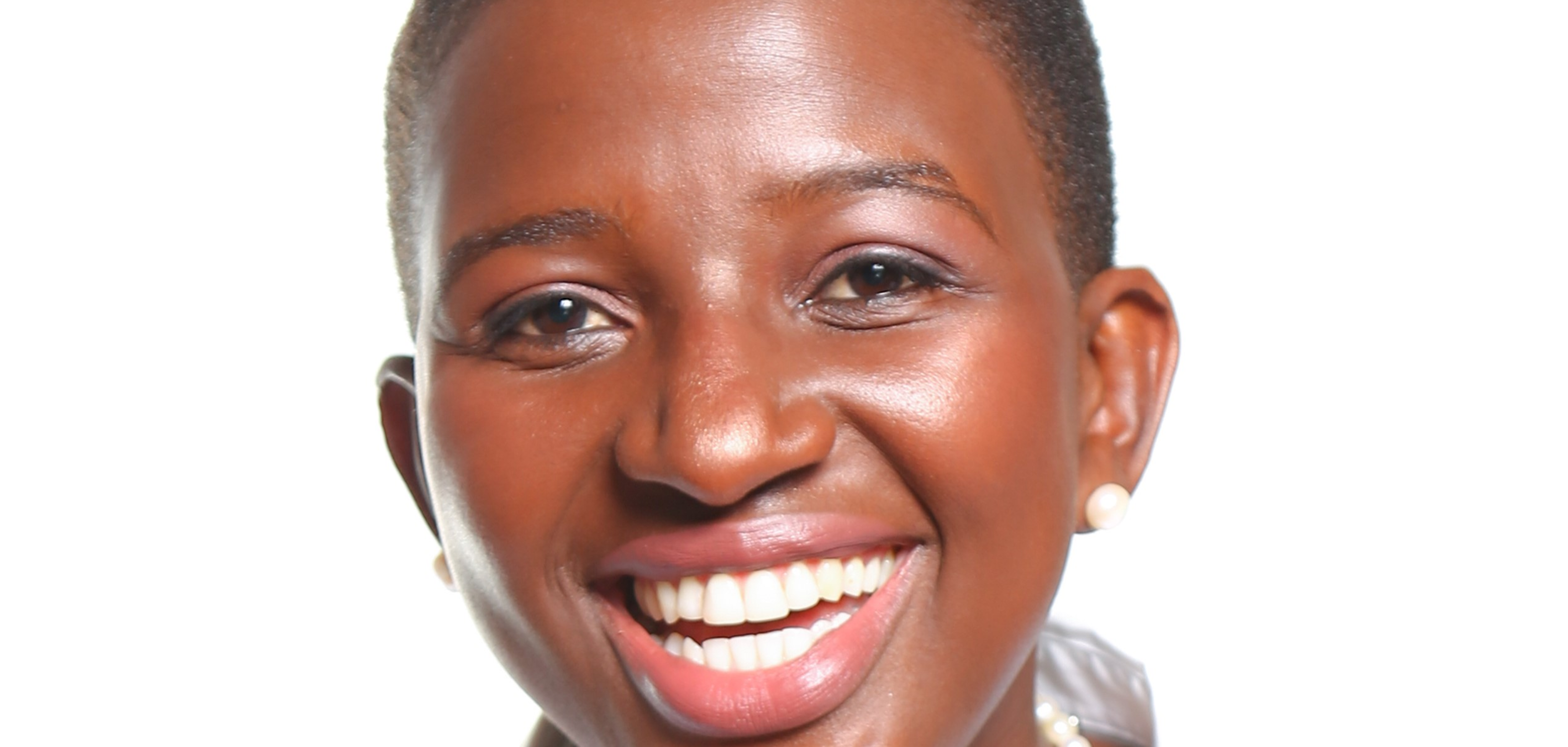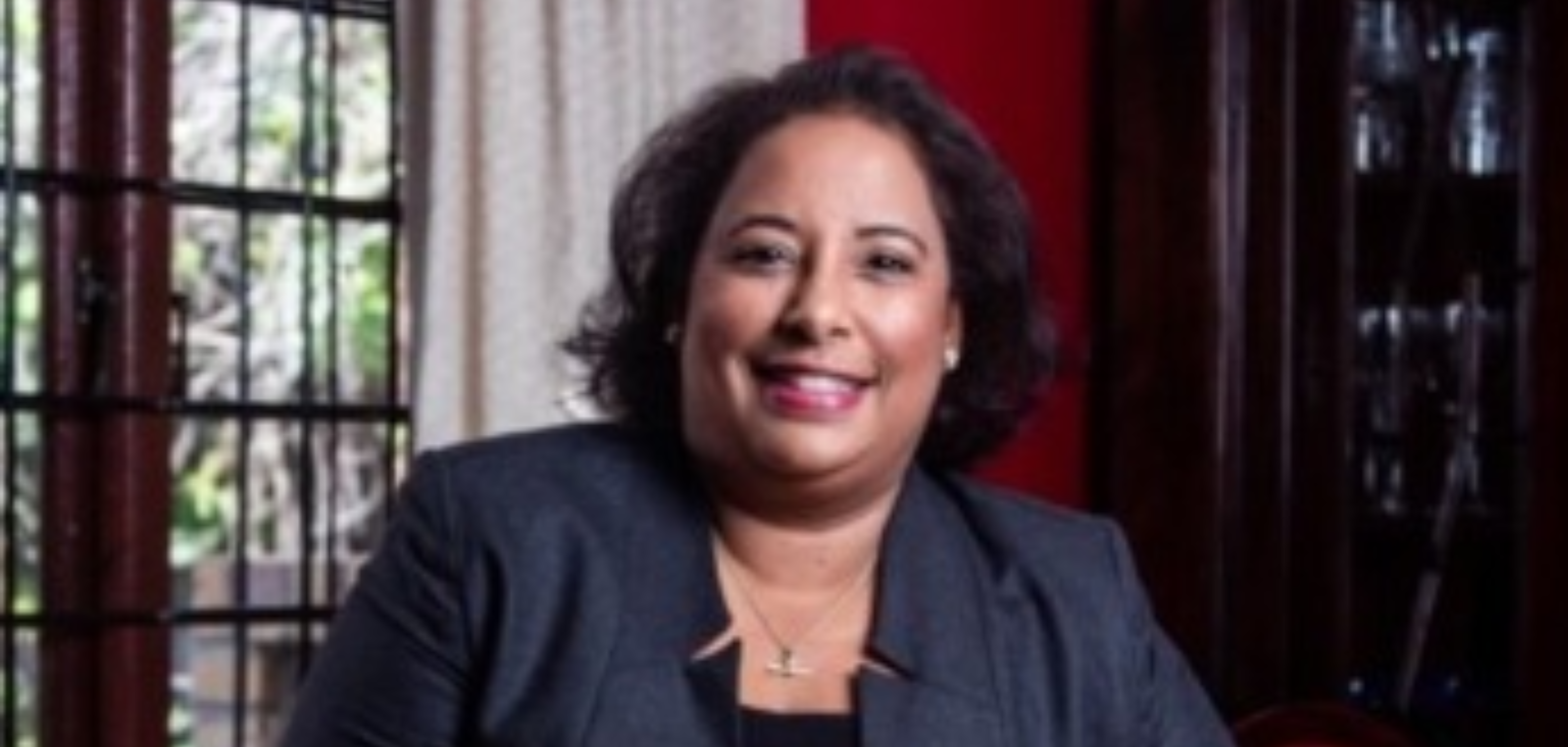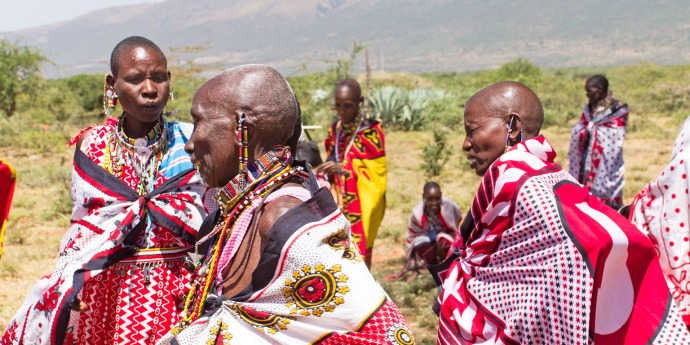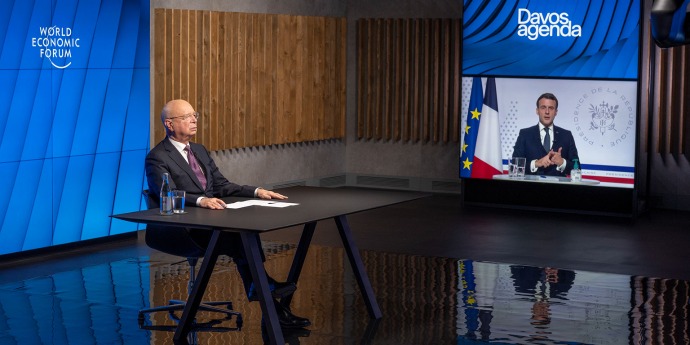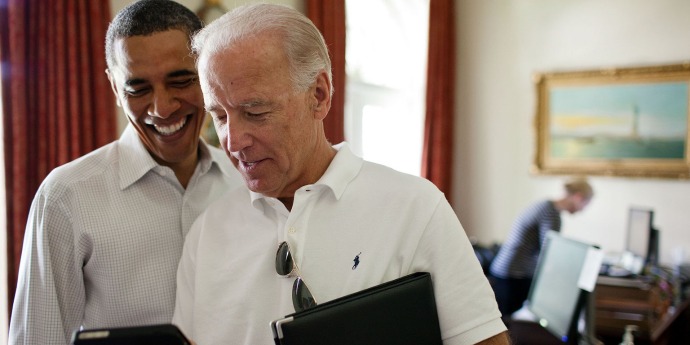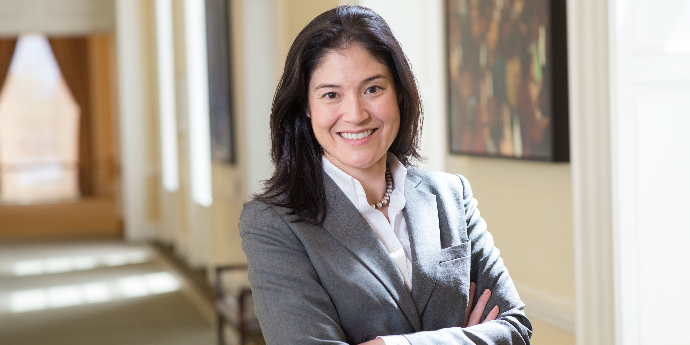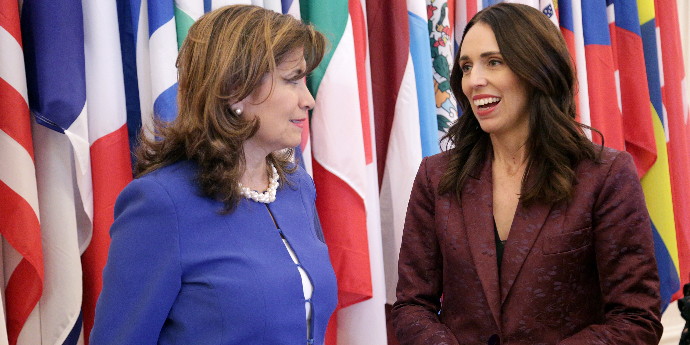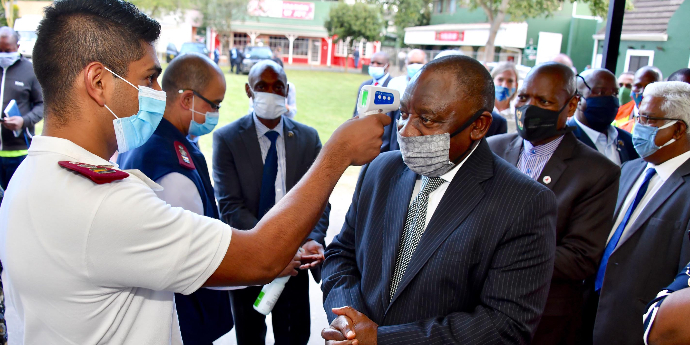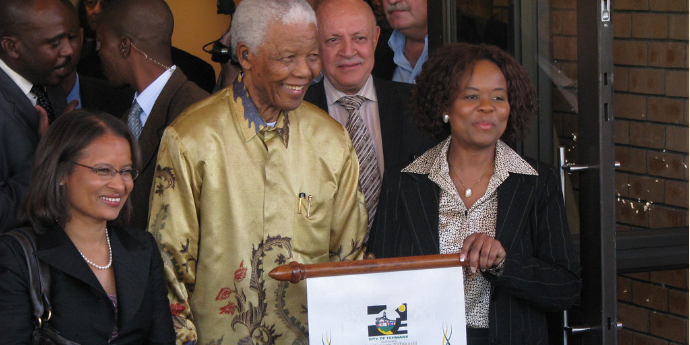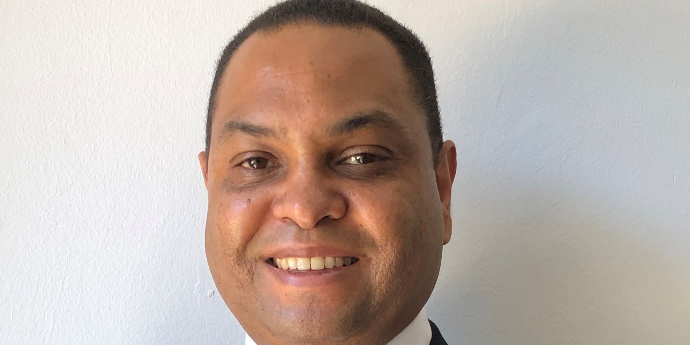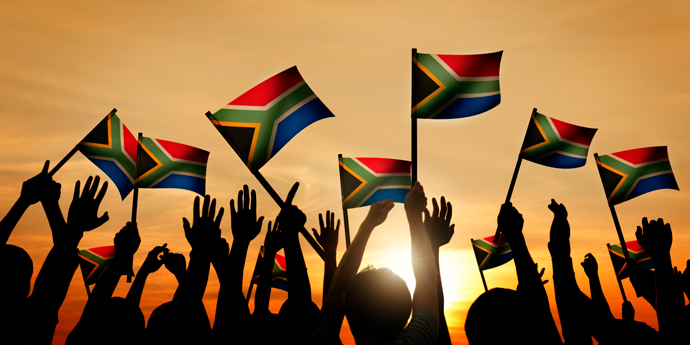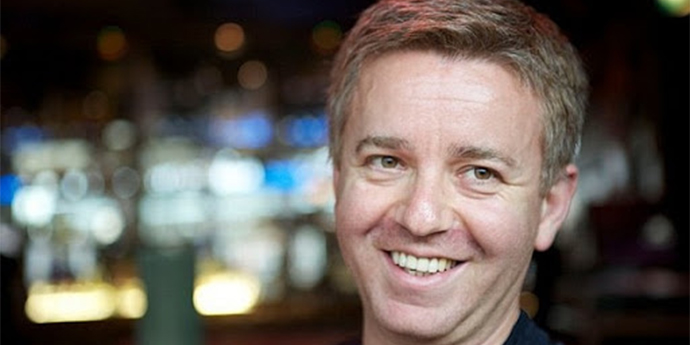In times of crisis, the need for good leadership is paramount, but how can we develop more leaders who are able to meet the moment with wisdom and compassion?
The concept of resilience is getting a lot of airtime thanks to COVID-19. Bringing with it as it does economic decline, job losses, a rise in depression and anxiety, and ill health, the pandemic is literally testing the resilience of the world’s systems and its people — especially our leaders.
In his 1963 book titled Strength to Love, Martin Luther King Jr, the prominent social activist and Baptist minister who played a leading role in the US civil rights movement in the 1950s suggests that the ultimate measure of an individual is not where they stand in the moments of comfort, but where they stand in times of challenge and controversy.
Arguably, not many world leaders are measuring up. But then again, what is being asked of them is immense. In times of crisis and uncertainty, leaders are expected to provide guidance and reassurance. They are expected to remain calm in the face of chaos and help us to do the same. Essentially, leaders are expected to be resilient and empathetic at the same time.
Workplace expert and author Jennifer Moss argues that resilient leaders are nimble and can pivot fast while empathetic leaders are sensitive to the needs of their employees and adjust to the moment. Leaders that can do both give their companies a fighting chance to flourish in the middle of a global pandemic.
But such leaders are few and far between. So, how do we mould more leaders who are both resilient and empathetic? There are no easy answers here other than that it should start within. It is first and foremost an individual journey of self-discovery, to articulate what a leader goes on inside of — what is their narrative?
It turns out that both concepts, resilience and empathy are hard to define or study, which makes it hard to know how to “teach” them.
According to former senior editor of the Harvard Business Review and author Diane Coutu, resilient people and organisations tend to have the following three characteristics well developed: First, they have a staunch ability to accept reality and make sense of the situation. And second, they have deep belief, often buttressed by strongly held values that life is meaningful. The ability to make meaning despite the gravity of what is faced is fundamental to being resilient. And, third they have an uncanny ability to improvise.
Coutu states that these characteristics allow individuals and organisations the reflex reaction to be resilient. But because it’s a reflex, we might never completely understand how individuals and organisations actually face down hardship to find meaning and show grit to improvise and cope.
It turns out resilience is not so much a thing or a characteristic so much as it is an intermittently arrived at situation or process. And this is true of most leadership traits.
John Shotter, along with other process philosophers and theorists, reminds us that to be a person is an ongoing accomplishment and cannot be “defined, conceptualised, or captured in a theoretical structure or framework of some kind”. He suggests that we should think about persons as trajectories of movement and growth. Since being a person, or resilient and empathetic person for that matter, is some 'thing' that we continually have to aim at to try to be. We go on inside of such descriptions.. Shotter (2008, p. 502) would say “We are searching for a new way of understanding our relations to our surroundings while still moving around within them…”
Consequently, to be a resilient or an empathetic leader, especially in complex and difficult times, is also something that has to be continually aimed at. It’s a work in progress, so to speak. What’s more, it’s not just work we engage in, in isolation, we are constantly coming up against the needs and desires of others and this also will inform the trajectory of the person we are aiming to be.
To navigate these tricky waters, it is useful to have a compass of some kind and Shotter offers a useful framework for leaders who want to engage with this process of self-calibration productively. The question to be asked, he says is ‘what we go on inside of — the world between us’ as opposed to ‘what goes on inside us’. This puts the focus on the connections between self and others and encourages a subtle shift from thinking ‘about’ something to thinking ‘within it’.
As one executive who participated in the Executive MBA at the UCT Graduate School of Business put it, this shift is like moving from thinking about yourself as if you were a willow tree — something anchored, steady, majestic and objectively visible — to a Rubik’s Cube that is broken inside.
“I imagined that a Rubik’s cube that is broken inside cannot be altered outside even with the best hands and intellect. The work began on unravelling childhood trauma and its torment. Unravelling family ties that created unproductive emotional shackles. Naming feelings that were previously suppressed and a cause for repeated failures and personal disharmony, offered clarity and relief from emotional agony. If you do not work, nothing works. So focus on understanding how you work and interpret the world. So you can make sense of the world."
This reflection perfectly highlights how a different framing of this executive’s self image allowed for focussed attention on a problem at the core of their identity that helped them to break through to another level of self-understanding and thereby, improve her effectiveness in the world and in their organisation.
None of this is what many necessarily expect from a business school education. But as educators of leaders in business — especially now in a world yearning for effective leadership — it is precisely where we need to focus our attention. We can teach a certain amount of theory, certainly, but the bulk of the work has to be done internally and through an ongoing process of practice, habituation and reflection both in the classroom and in the workplace.
In this way, we can develop empathetic and resilient human beings (who just happen to be at the helm), who have a well-developed reflexive muscle and who are able to meet the moment with the necessary wisdom and compassion that may help us to build better organisations and societies.
Kosheek Sewchurran is an Associate Professor and the director of the Executive MBA programme at the UCT Graduate School of Business.

